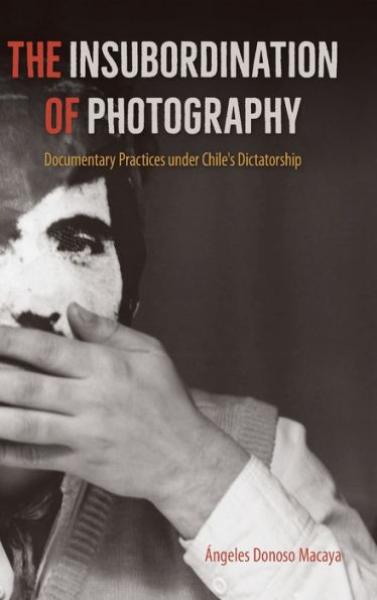Description
After Augusto Pinochet rose to power in Chile in 1973, his government abducted, abused, and executed thousands of his political opponents. The Insubordination of Photography is the first book to analyze how various collectives, organizations, and independent media used photography to expose and protest the crimes of Pinochet's authoritarian regime.
�ngeles Donoso Macaya discusses the ways human rights groups such as the Vicariate of Solidarity used portraits of missing persons in order to make forced disappearances visible. She also calls attention to forensic photographs that served as incriminating evidence of government killings in the landmark Lonqu�n case. Donoso Macaya argues that the field of documentary photography in Chile was challenged and shaped by the precariousness of the nation's politics and economics and shows how photojournalists found creative ways to challenge limitations imposed on the freedom of the press.
In a culture saturated by disinformation and cover-ups and restricted by repression and censorship, photography became an essential tool to bring the truth to light. Featuring never-before-seen photographs and other archival material, this book reflects on the integral role of images in public memory and issues of reparation and justice.
A volume in the series Reframing Media, Technology, and Culture in Latin/o America, edited by H�ctor Fern�ndez L'Hoeste and Juan Carlos Rodr�guez
The Insubordination of Photography is the first book to analyze how various collectives, organizations, and independent media used photography to expose and protest the crimes of Chilean dictator Augusto Pinochet's regime. Featuring never-before-seen photos and other archival material, this book reflects on the integral role of images in public memory and issues of reparation and justice.
�ngeles Donoso Macaya, associate professor of Spanish at Borough of Manhattan Community College/CUNY, is coeditor of Latinas/os on the East Coast: A Critical Reader.
"Through a series of emblematic case studies, the book makes a powerful argument about the multi-faceted visual and social impact of photography under repressive rule. . . . Its immense value lies in the way [Donoso Macaya] traces the social history of photographers who pushed the performative dimension of photography to challenge the dictatorship in various forms."--Journal of Social History
"A valuable addition to the literature examining the social construction and performativity of images as well as the use of photography as a civil practice, areas that are essential to understanding the political uses and consequences of protest photography."--The Americas
Este título es pionero al analizar cómo diferentes colectivos sociales, organizaciones y prensa independiente usaron una serie de medios visuales documentales, archivísticos y creativos para protestar sobre los crímenes de la dictadura, exponer la violencia estatal y desafiar la censura del régimen autoritario de Augusto Pinochet entre 1973 y 1990 en Chile."--Iberoamericana
Product Details
- University of Florida Pre Brand
- Jan 14, 2020 Pub Date:
- 1683401115 ISBN-10:
- 9781683401117 ISBN-13:
- 268 Pages
- 9.02 in * 5.98 in * 0.75 in Dimensions:
- 1 lb Weight:




